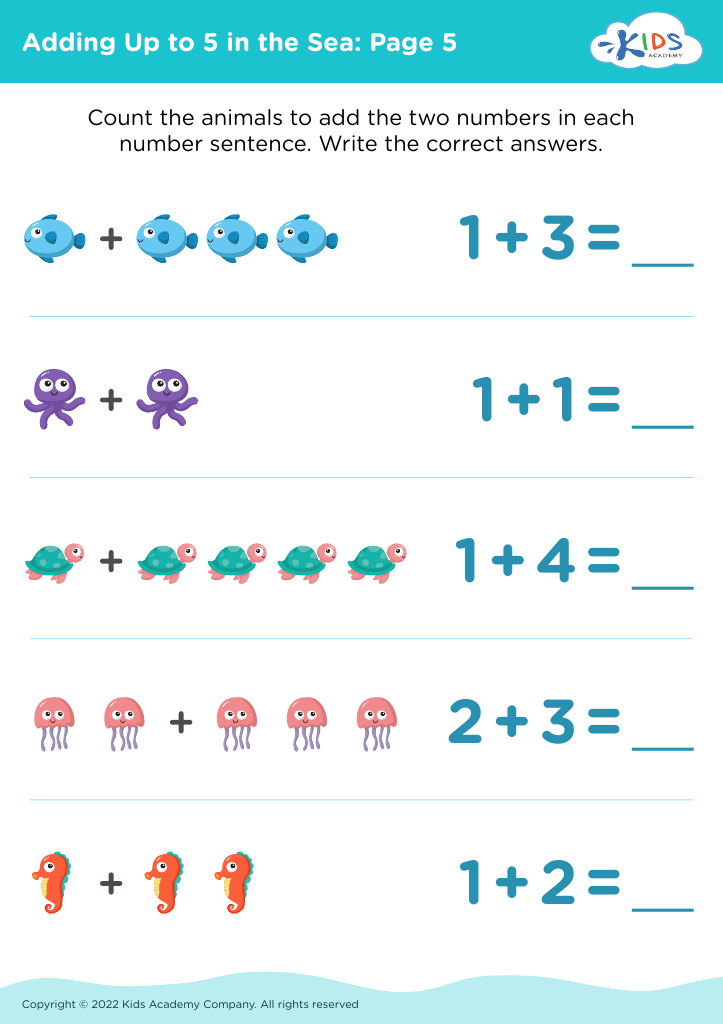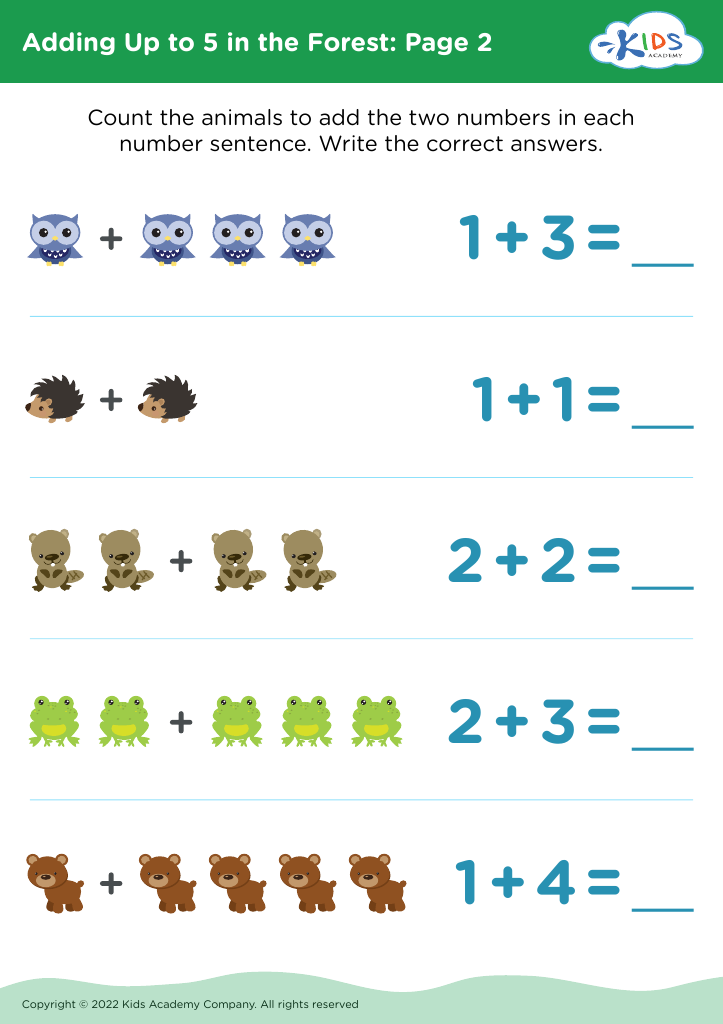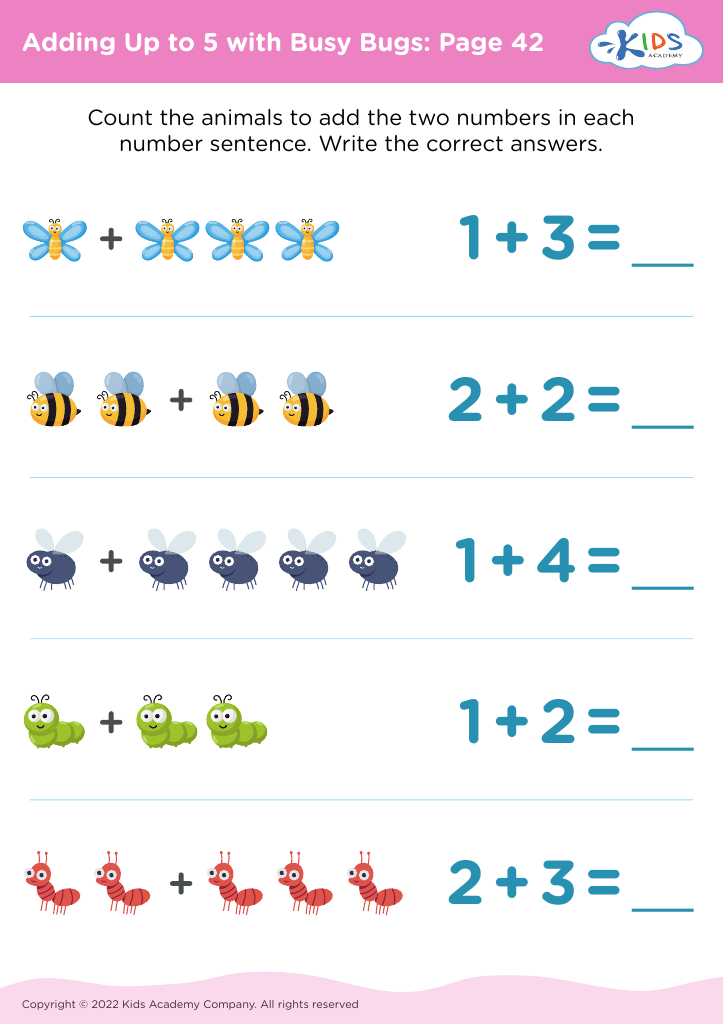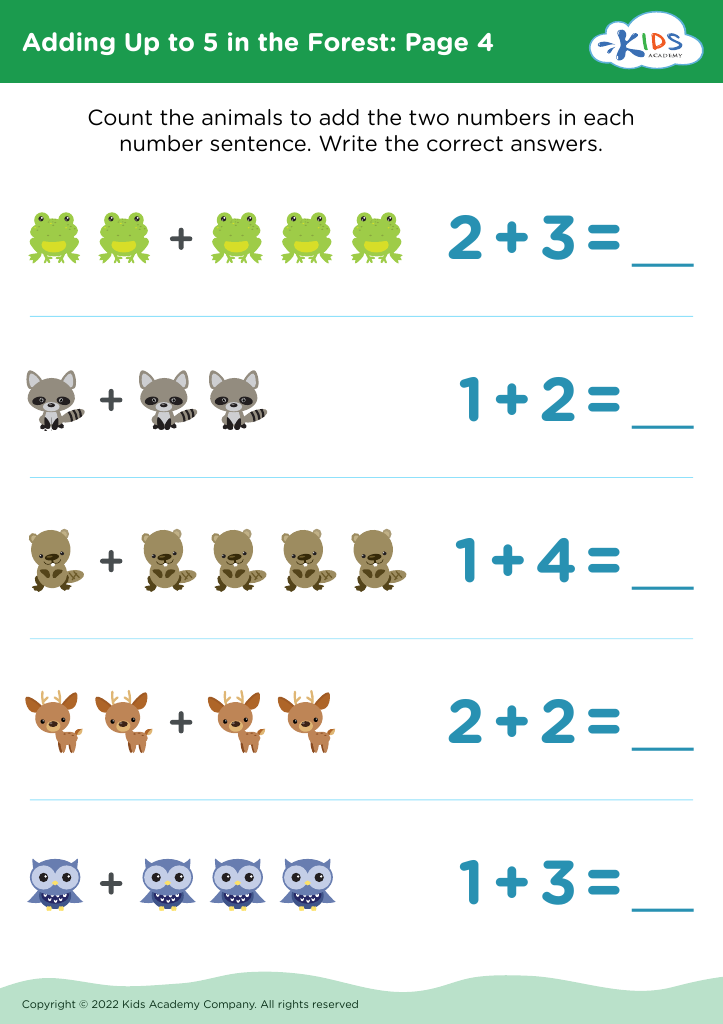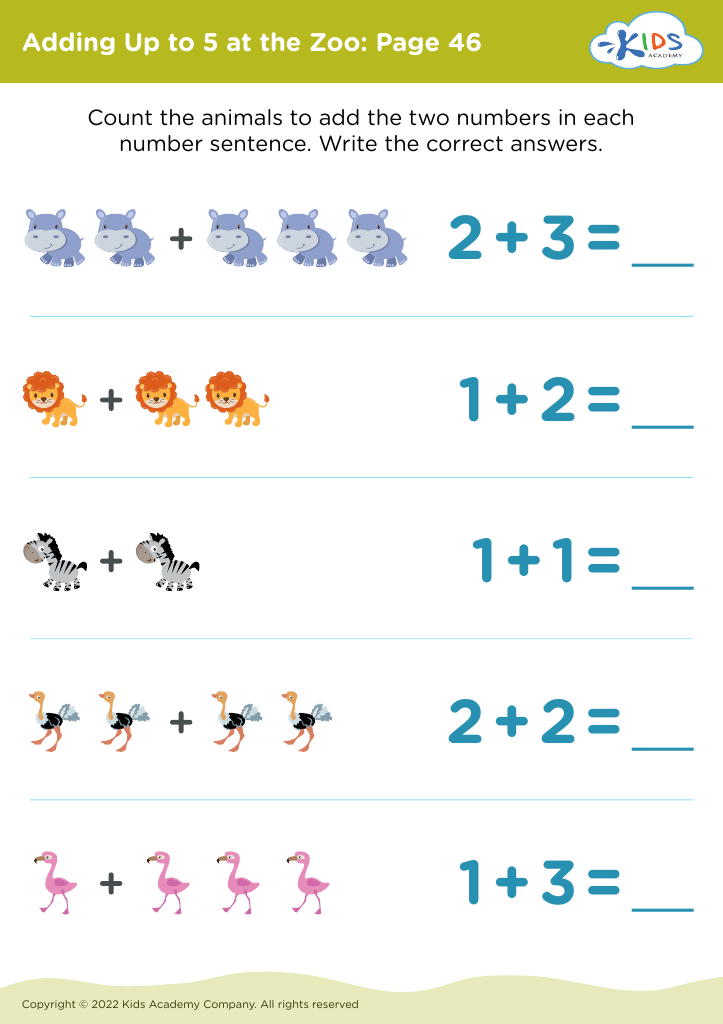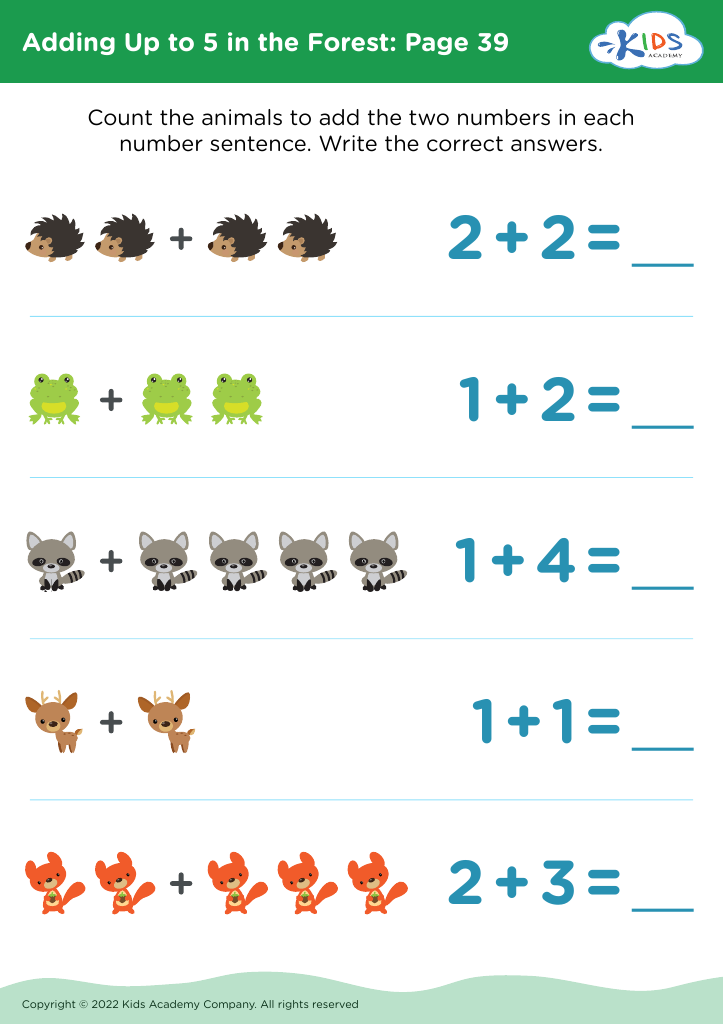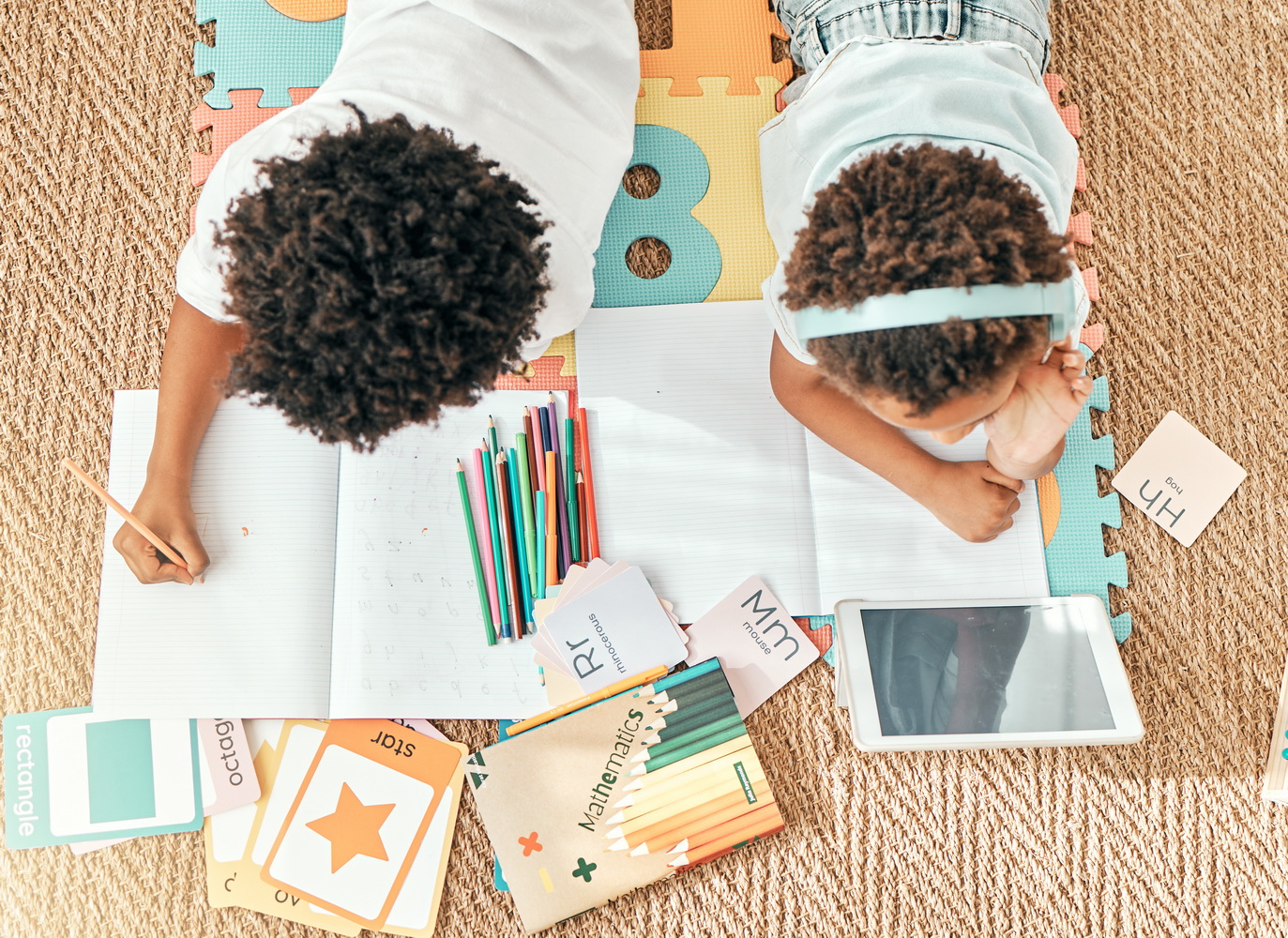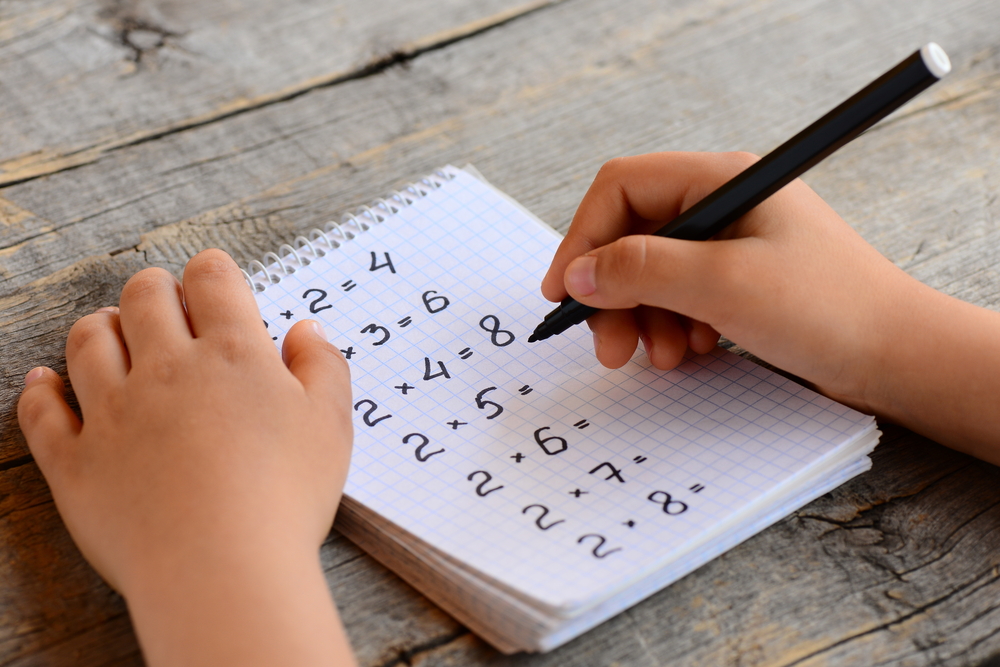Visual perception Addition & Subtraction Worksheets for Ages 3-4
14 filtered results
-
From - To
Introducing our engaging Visual Perception Addition & Subtraction Worksheets for ages 3-4! Designed to enhance young learners' math skills, these worksheets provide fun activities that promote visual discrimination, spatial awareness, and problem-solving. Each worksheet combines colorful images and simple math problems, encouraging children to visually identify and count objects for addition and subtraction. Perfect for home practice or classroom use, our resources help develop not only mathematical understanding but also critical visual perception skills essential for early learning. Watch your child build confidence and enjoy their math journey as they complete these interactive exercises! Explore our collection today!
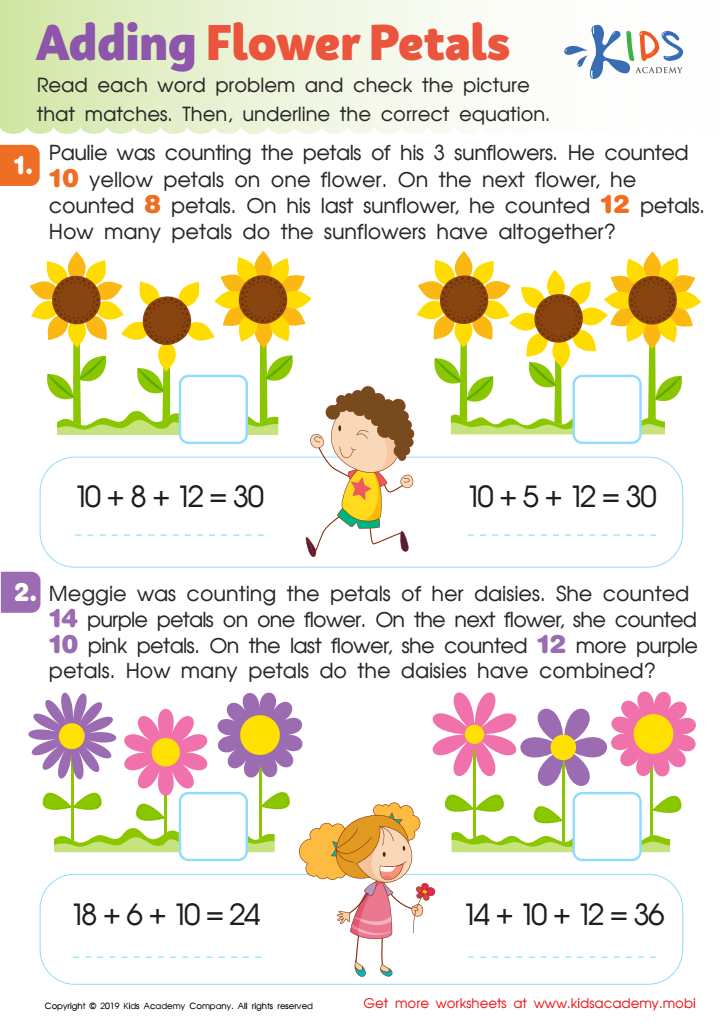

Adding Flower Petals Worksheet
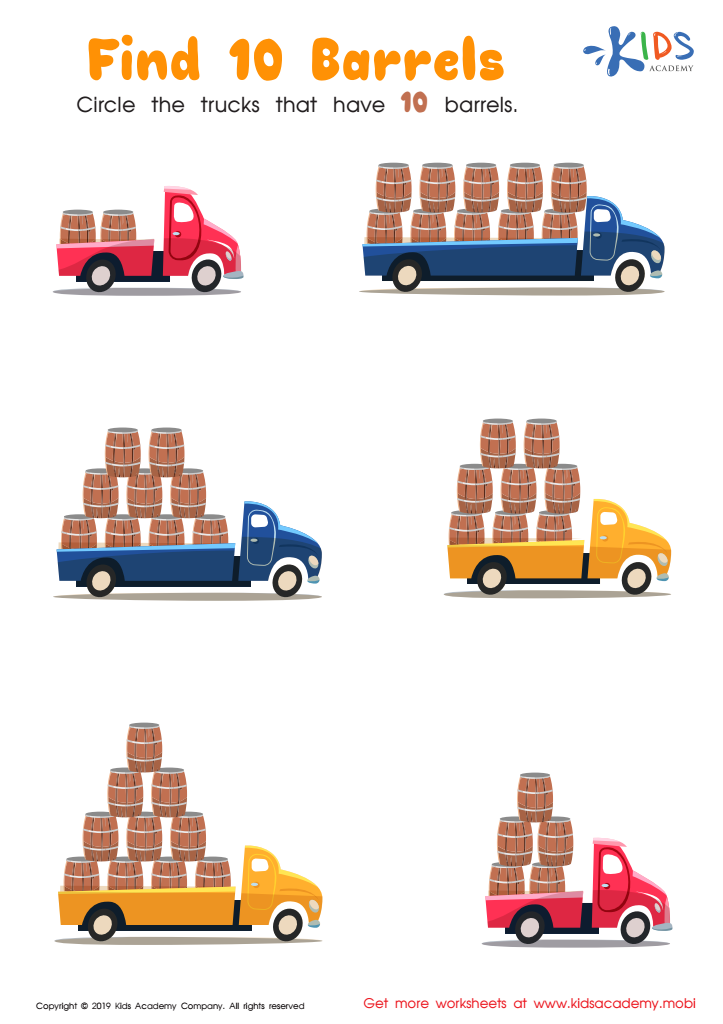

Find 10 Barrels Worksheet
Visual perception is a crucial skill that lays the foundation for early mathematical understanding in young children. For ages 3-4, the ability to interpret and process visual information enhances their capacity to learn addition and subtraction. Engaging in activities that foster visual perception helps children recognize numbers, shapes, and patterns, which are vital for mathematical concepts.
Parents and teachers should prioritize visual perception training because it supports cognitive development. Children who can accurately visualize objects in space and understand their relationships are often more adept at solving simple math problems. By developing spatial awareness and fine motor skills through visual activities, young learners can build confidence in their mathematical abilities.
Moreover, early exposure to effective visual perception exercises, like counting objects in nature or sorting colorful blocks, makes learning enjoyable and interactive. This not only nurtures a positive attitude towards math but also promotes critical thinking and problem-solving skills.
Ultimately, by nurturing visual perception alongside foundational math skills, parents and educators empower children to develop a robust understanding of addition and subtraction, setting the stage for future success in math and related disciplines. Investing in these early skills cultivates a lifelong love of learning and a solid numerical foundation.
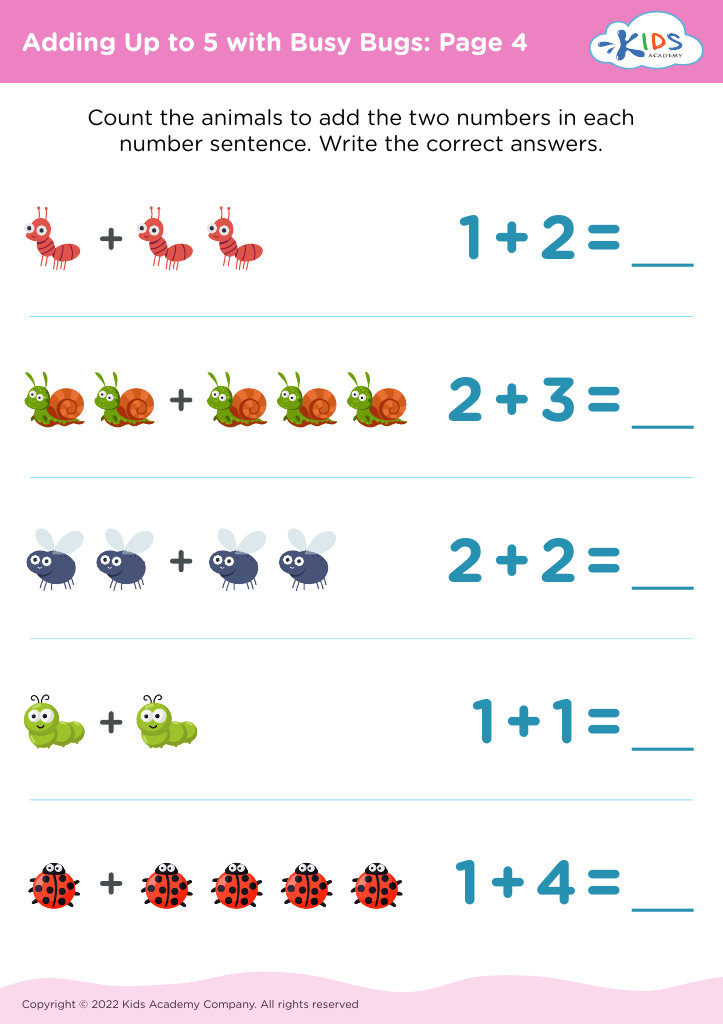
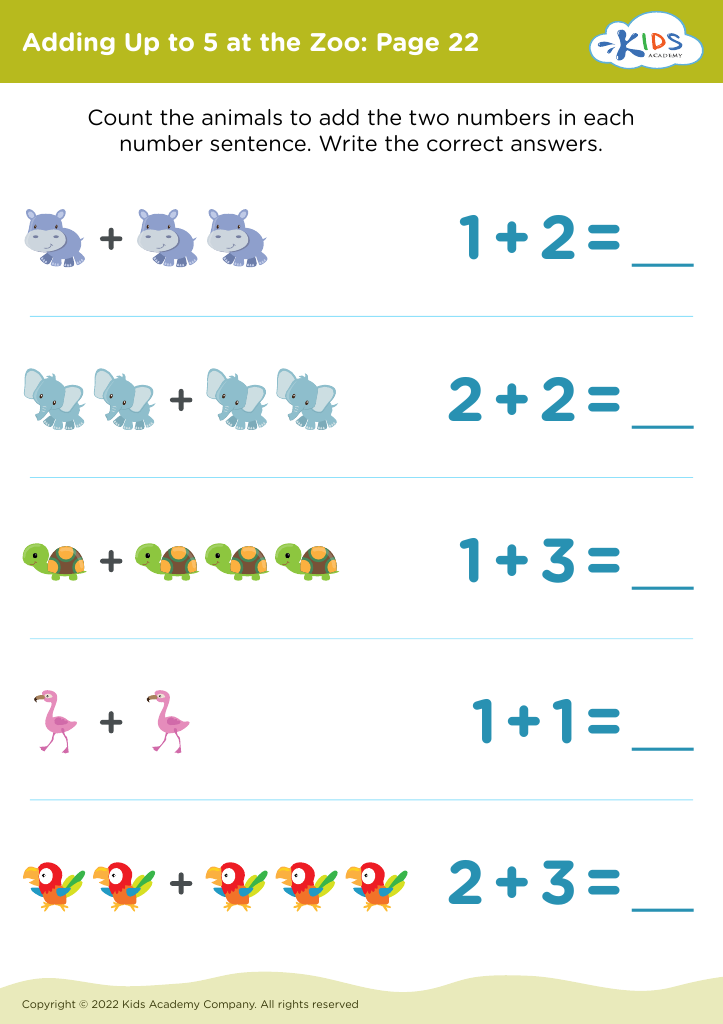


 Assign to My Students
Assign to My Students
